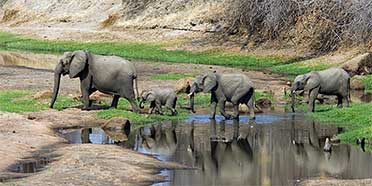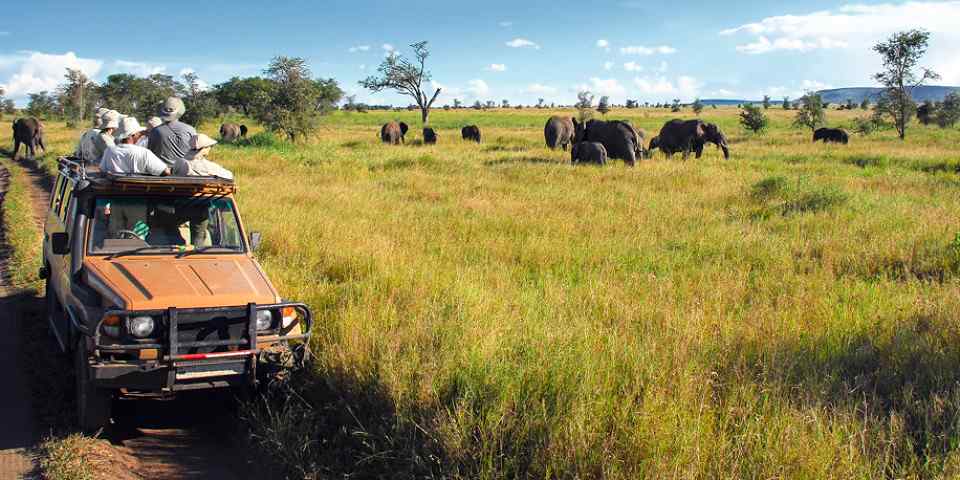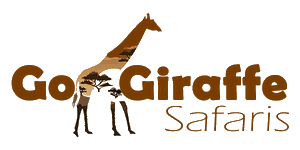Ruaha, a real taste of wild Africa
In the last 10 years I have visited many of the best well known national parks in Africa, including those of Namibia, Botswana, Zambia, Uganda, Kenya, Tanzania, Zimbabwe and South Africa. During October and November of this year 2015, I traveled to Tanzania again to explore Selous, Mikumi and Ruaha and end the trip in Mafia Island for diving with whale sharks. The plan is basically always the same, buy a flight to a major city (in this case Dar es Salaam), prepare a driving gps with off-road programs, points of interest and hundreds of maps, and rent a 4WD vehicle with camping equipment if possible.
We arrived to Ruaha NP after having visited Selous and Mikumi, it took us about 8 hours from Mikumi, with a two hour stop in Iringa to refuel and buy some food, water and drinks. From Iringa to Ruaha NP the road is not very good and you will need a 4WD car, you have two options to make the second half of the route, take the one to the right, the road is much better.
At the main gate you will spend some time, paperwork is slow, also payment by credit card is preferred, if you are not sure of the number of days you are going to stay, you can always extend your permit in the HQ office close to the airstrip, like we did twice. The accommodation options are the usual, expensive luxury private lodges, cottages, bandas and camping but not very massive. I can only tell about camping because I have never used the other options. We were assigned to "public campsite #1", it is located in the Ruaha river bank with a very scenic view, some trees provide shadow and there are some facilities like a kitchen building and very basic toilets, we were the only group in the campsite. Campsite #1 is about two or three km from the rangers camp, it was a pleasure to share a beer with the park people in the community hall every night, you can even join the buffet they have available for the park personnel and their families (10,000 tsh or 5 USD).
If you have good maps loaded in your off-road gps you don't need a guide to move safely around Ruaha NP, if in doubt, just ask anyone in the community hall, but the best routes for game drive are obvious, simply follow the river sides. If you are not good at spotting animals you will appreciate the help of a guide that you can hire in the rangers camp for about 30 dollars a day. We start the morning game driving very early in the morning after a brief breakfast, and it usually lasts until we can no longer stand the heat, then we go back to the campsite to have a shower and a rest. Wildlife is great in Ruaha, we saw lots of elephants, giraffes, buffalos, wildbeast, zebras, waterbuck, impalas, warthogs, grand kudus, hipos, crocodiles, osprays, ostriches, etc. As for predators we saw hyenas, leopards, jackals, wild dogs and lots of lions, we missed cheetah, we were told that in that season they move to another part of the park. Game drive in the evenings is also very interesting but I prefer to choose a good spotting point close to the river and relax watching how animals come to drink. We spent 5 days in Ruaha NP, so we had time to explore the hills and some other parts of the park, specially Mwagusi river, where we found the wild dogs pack.
October and November are very hot in Ruaha, but it is the beginning of the raining season and we were rewarded with a couple wonderful storms. We were told by the people in the HQ camp that the park was in lack of visitors, and that it was diificult to maintain the park with such a low number of visitors. Poaching is a big problem in Ruaha because it is a very large park.
We met just a few tourist, Ruaha is not Serengueti or Ngoro-ngoro where you can meet dozens of other vehicles in every game drive, in Ruaha you may meet one or two if you are lucky, and we always stopped and shared our findings (the elephants herd drinking in the river or the pride of lions eating a zebra in the river side).
In general, Ruaha is, if not the best, one of the two best parks I have visited, I cannot tell about luxury lodges or other accommodation types, but camping is great and you will enjoy the nature very close. Campsite #1 will surprise you, a pride of lions lives there and will share the camp with you, just respect the norms and follow the recommendations and you will be safe.
I hope this comments help someone to enjoy Ruaha as we did.
Regards,
Alberto Aragones

![7-Day Remote Tanzania Safari]()

![8-Day Comfort Flying Safari Ruaha, Dar Es Salaam Beach]()

![7-Day Selous & Ruaha Fly-in Safari]()


 Tanzania Parks
Tanzania Parks













